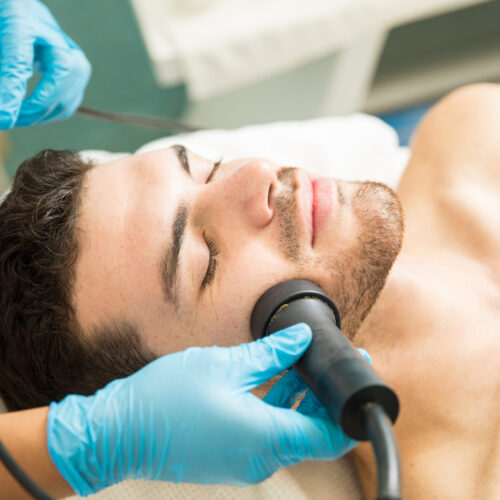Sculpt Sublime- Skin Tightening

FAQs
What is done in plastic surgery?
What is the difference between cosmetic and reconstructive surgery?
Cosmetic surgery is performed to reshape normal structures of the body in order to improve appearance and self-esteem. Cosmetic surgery is usually not covered by health insurance because it is elective.
Reconstructive surgery is performed on abnormal structures of the body caused by congenital defects, developmental abnormalities, trauma, infection, tumors or disease. In general, reconstructive surgery is performed to improve function, but may also be completed to approximate a normal appearance.
Reconstructive surgery is typically covered by most health insurance policies, although coverage for specific procedures and levels of coverage may vary greatly.
If I have Botox or Restylane, how often would I need to repeat the injections?
Botox lasts about three to four months, and the treatment can be repeated as needed. When it wears off, you will begin to notice increased muscle action and some reformation of the wrinkles. It appears that with repeated use, the effect of Botox becomes longer lasting.
Restylane injections last for about six months, and can also be repeated as needed.
How do I know what size breast implant is right for me?
The decision is based on a number of factors, including the patient’s desires, reasons for the surgery and overall health.
For example, are you doing it because you feel your breasts are too small relative to your body contour or are you unhappy with the size and firmness of your breasts following pregnancy, breastfeeding or major weight loss? Unevenness between the breasts can also be a motivating factor. Your surgeon can help you make the right decision during your pre-surgical appointment(s).